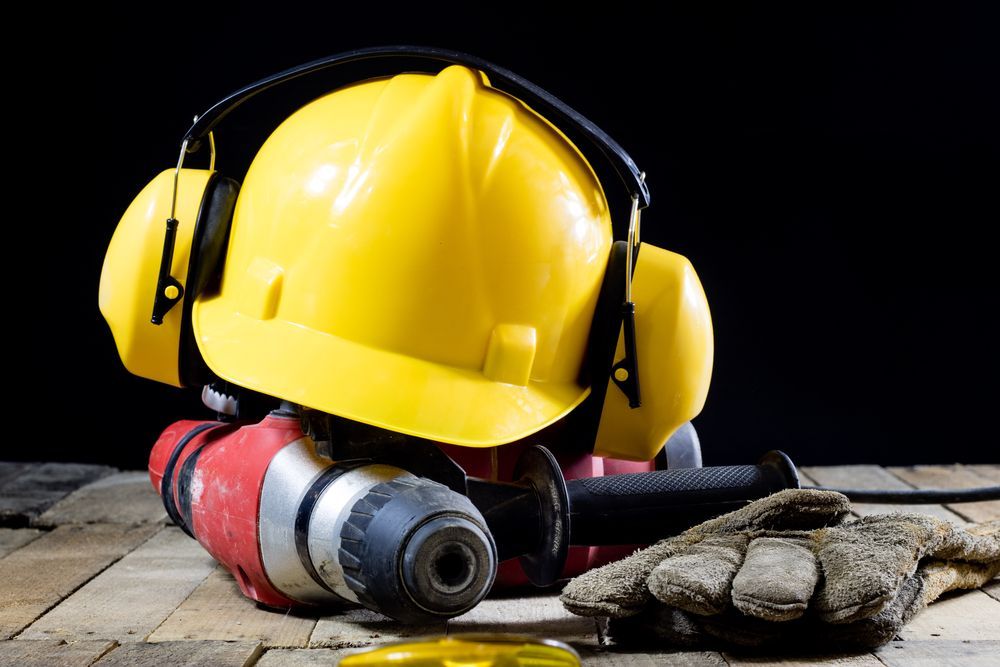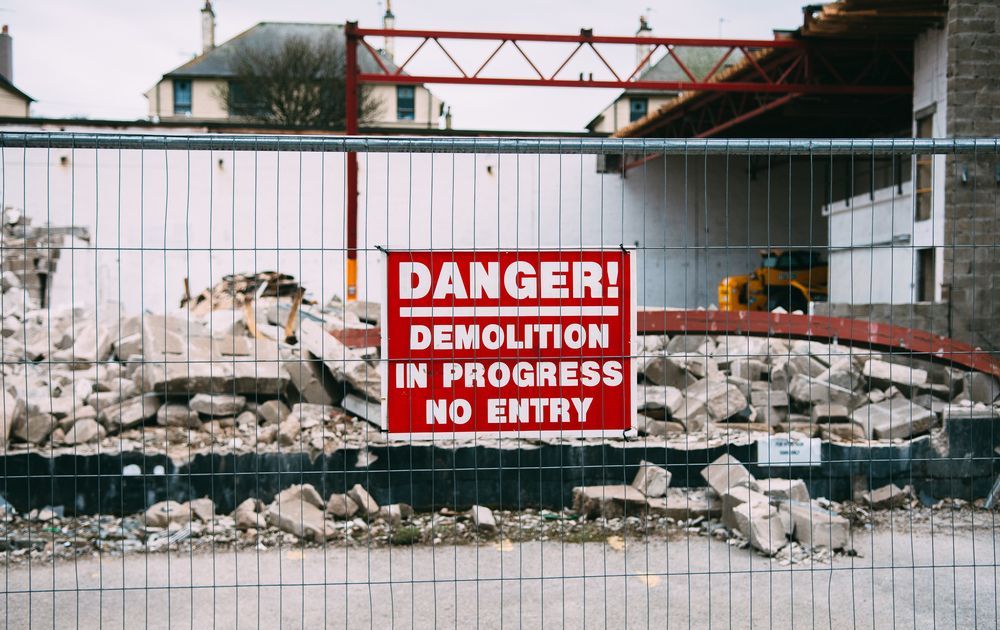Red List Building Materials to Avoid
Share this article:
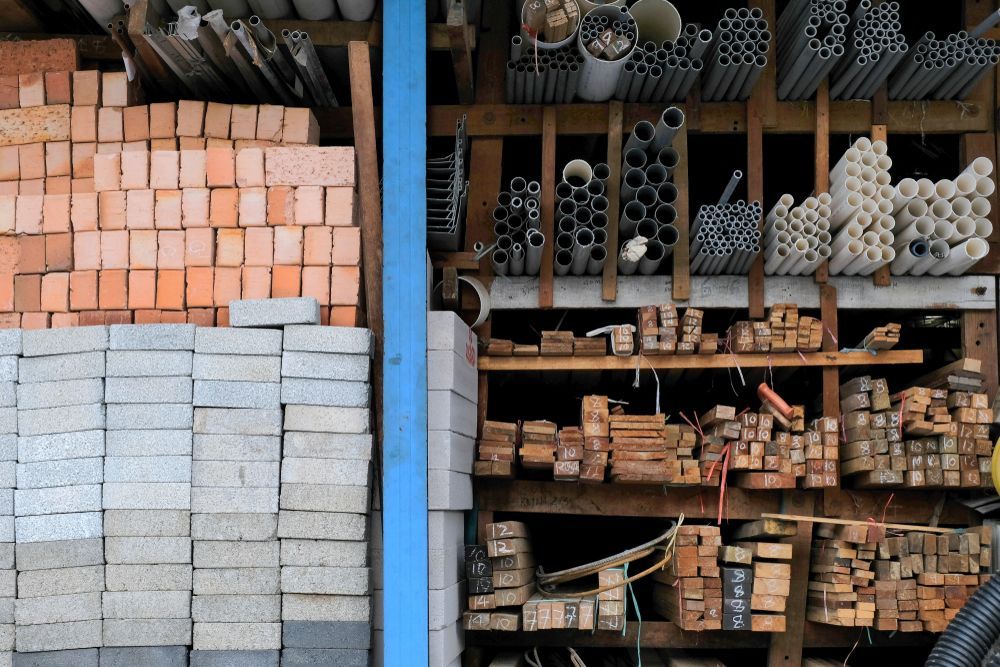
Asbestos. BPA. CFCs. Mercury.
What do these – and plenty more materials, minerals, and chemicals – have in common? A few things. One, they’re all common components that are found in many of the materials used to build the homes we live in and the properties we work in today. And two, they all have the potential to be very harmful. As a result, they’ve landed themselves on a “Red List.”
In this post, we’ll cover what the Red List is, some of the common materials on it, and the health and environmental consequences that such materials could pose if they’re not handled correctly. Read on to learn more:
what is the red list?
Red List materials are those that the United States Environmental Protection Agency (EPA) and other governing bodies have deemed harmful to humans and other living creatures. More specifically, the Red List is maintained by the International Living Future Institute and used to gauge the Living Building Challenge certification program. The list is updated annually.
While the materials discussed in this post aren’t necessarily illegal to use as part of a building project, they shouldn’t be used if a development is determined to conserve energy, limit waste, and protect occupant health. The use of Red List materials will also disqualify a development from reaching any sustainability standards that are sought.
Just think of the Red List as a “worst in class” list when it comes to building materials.
common red list building materials
While there may be cost advantages to using Red List materials over alternatives, many can pose a significant hazard to human health if disturbed. Here’s a closer look at some of the most common Red List materials to avoid.
Asbestos
Once a popular mineral used in building materials from floor tiles to insulation, asbestos was frequently used in products up until the 1970s when the long-term health effects of asbestos exposure became more well-known. If disturbed, any asbestos-containing materials release tiny fibers. If inhaled, these fibers can lodge in the lungs and lead to long-term health complications like mesothelioma and other serious upper respiratory illnesses.
While asbestos isn’t commonly used in construction any longer, it can still be found in certain building products. Despite its known health hazards, it’s not illegal or banned in construction.
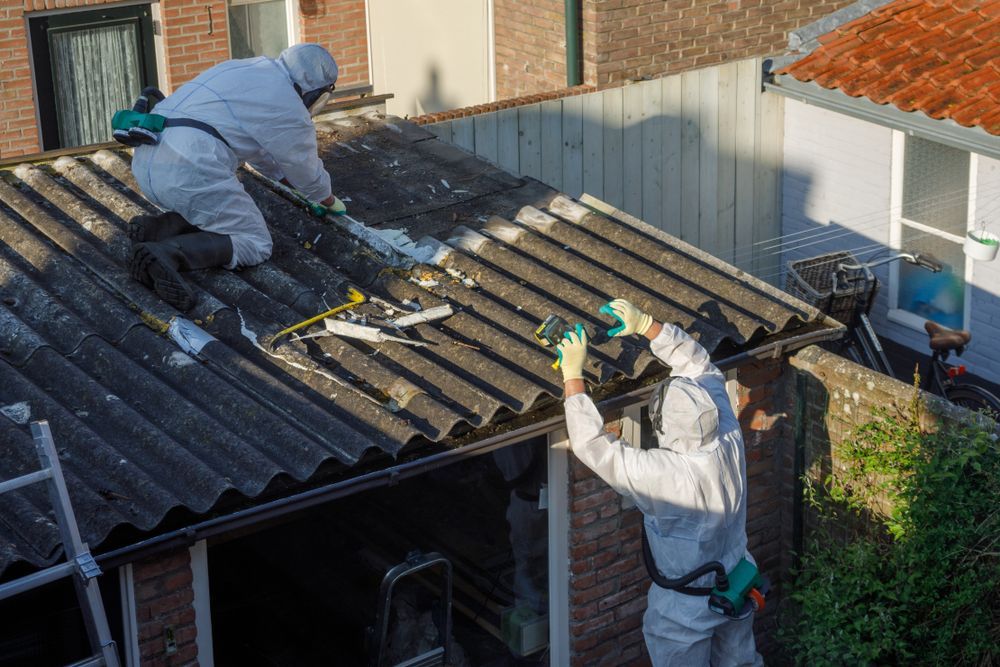
Bisphenol A (BPA)
Bisphenol A, or BPA, is a chemical component that’s common in epoxy resins and used in materials that range from coatings to adhesives and fillers. It’s linked to cancers, hormone disruption, brain development, and more.
Phthalates
Commonly used when creating PVC or vinyl products, or within the makeup of adhesives and sealants, phthalates are linked to carcinogenic and hormone disruption.
Mercury-Containing Materials
A heavy metal that’s often found in various household items – from lightbulbs to thermostats – Mercury exposure is linked to issues with the nervous system, immune system, and digestive system.
Formaldehydes
This Volatile Organic Compound (VOC) is a known human carcinogen that’s often found in various composites and laminates. It may also be found in some common household products as well as paints and caulks. Exposure is linked to skin irritation, nasal issues, asthma attacks, and some cancers.
Chlorinated Polymers
Chlorine chemistry is used in everything from basic hardware to gutters, door frames, coatings, and piping. If burnt or disrupted, products that contain chlorinated polymers can produce harmful toxins.
Chlorofluorocarbons (CFCs)
Chlorofluorocarbons were banned in the late 1980s, but hydrochlorofluorocarbons and hydrofluorocarbons are still used to this day, notably in aerosols and air conditioning units. As greenhouse gasses are harmful to the environment and the Ozone layer, many countries and government entities are currently working to phase them out completely.
Health and Environmental Risks
There are both health and environmental risks involved with using the Red List materials – and the severity of risk varies based on the individual material or chemical substance. Risk also varies based on the type of exposure to the building materials that contain the Red Listed items. For instance, during demolition, building materials are more likely to be disturbed, thereby potentially increasing the risk of harmful exposure.
Health Risks Associated with Exposure
Take asbestos, for example. When asbestos-containing materials are left alone and undisturbed, the harmful fibers aren’t going to be released into the environment. However, when they are disturbed – be it from demolition, remodeling, property damage, etc.- then the fibers are released into the environment and may be inhaled. This is also the case with many of the other Red List materials.
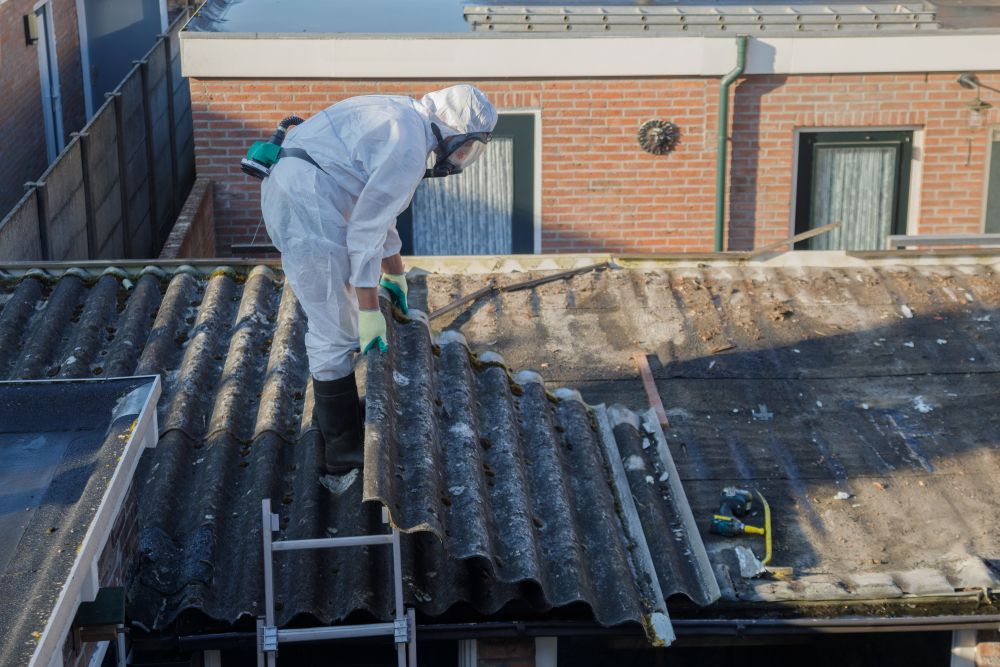
Environmental Implications
Red List materials aren’t just a hazard to human health, but also potentially to the surrounding environment. Perhaps the best example of this is chlorofluorocarbons, which were eventually banned due to their impact on the environment. However, hydrochlorofluorocarbons and hydrofluorocarbons are still used to this day, which also has an impact on the environment. Additionally, these – and other materials and chemicals – have the potential to cross-contaminate and enter landfills, well water, and more.
Hiring a Professional
Whether you’re building or demolishing, it’s imperative to work with a contractor that knows what it’s doing when it comes to safely working with Red List materials. If any Red List-containing materials require removal, proper abatement or demolition remediation must occur for the best end result. The demolition method may also have to be altered to comply with abatement or remediation.
The bottom line is that if Red Listed-containing materials are being used or removed, only trusted professionals should be on the job. The risk to human health and the greater environment is too great if they’re not handled properly.
Contact Alpine Demolition Today
For more information about Red List materials, contact Alpine Demolition today. As a trusted, professional demolition contractor, we always perform a thorough analysis of any property before we work on it so we can perform any abatement that’s necessary to protect the health and safety of our workers and the surrounding environment. Contact us today for more information and to learn about the different types of demolition methods we perform.

